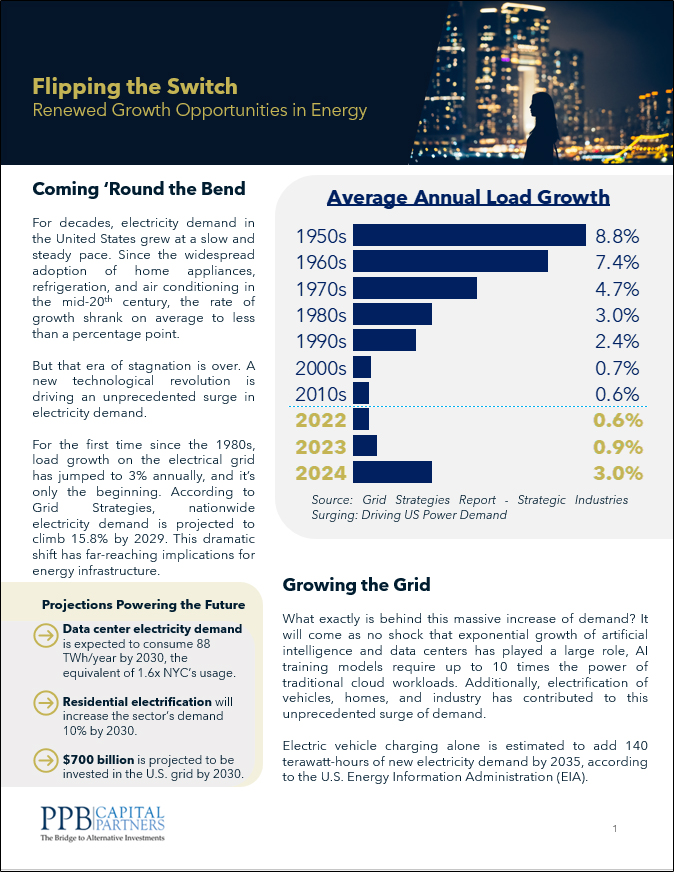
The Search for Yield
August 18, 2020
As mortgage rates continue to decline and reach new lows, the effect of this rate environment on all risk-assets continues to be historic. Yet, despite the amount of macroeconomic uncertainty related to the global pandemic, the equity markets remain at elevated valuations. While most of these gains can be attributed to only a handful of companies (FB, AMZN, AAPL, MSFT, and GOOGLE), over half of the S&P 500 continues trade close to their all-time highs.
In addition, earning’s season has been better than expected (in reality, the declines weren’t as bad as anticipated), but the lack of guidance from companies reaffirms that no one can predict how long this economic environment will continue. As such, we believe Central Banks will continue to keep interest rates near their historic lows indefinitely in order to keep their economies afloat.
While most of the attention has been on the size of the Fed’s balance sheet along with next wave of government stimulus, the story remains the same across the rest of the developed world: rates are near zero and investors are searching for yield (Chart 1). With that dynamic in place, interest in alternative asset classes has continued to grow. Alternative income strategies have been a key diversifier for allocators for well over a decade, going back to the Great Financial Crisis when the Fed first began expanding its balance sheet and rates dropped precipitously. Investors willing to lock-up capital have seen the benefits of the illiquidity premium, especially when it comes to generating income.
Allocators should consider two alternative strategies to help weather the rate environment and generate yield for their clients: real estate and private credit. The commercial real estate sector faces some well publicized challenges in office and retail, but one area that has held up extremely well is multifamily workforce housing. Multifamily workforce housing is defined as the area in which families earning 60% to 100% of area median income (AMI) live.
While many Class A buildings are seeing declines in occupancy rates in urban centers, the work force housing market was significantly undersupplied even before the pandemic started. As such, demand for Class B properties with more affordable rents has grown even higher, as renters reduce costs and move out of pricier Class A spaces. Real estate fund managers that deploy acquisition strategies in Class B space have historically been able to consistently deliver quarterly cash-on-cash distributions each quarter due to stable rent collections. With occupancy rates moving even higher, this consistent cash flow is anticipated to be a continued source of income for investors in private real estate.
Beyond real estate, traditional private credit is another area of alternative investing that is primed to help allocators in their search for yield. With corporate balance sheets under stress, the private markets will continue to be a lifeline for many cash good businesses that need help surviving the pandemic.
Middle market lending is a key area that investors can turn to in their search for yield. There has been a significant amount of money allocated to this space since 2008 and prior to March 2020 there had been very little stress in the system. While we anticipate that bankruptcies and default rates will continue to increase in the near term, fund managers with significant experience navigating difficult work-out environments will be poised to differentiate themselves moving forward. Even within a higher default environment, the better private credit fund managers can deliver high single-digit net cash returns to investors, all while investing more conservatively in senior-secured loans and protecting investor capital.
While the equity markets have rebounded, yield conscious investors have limited options for income in the public credit markets without incurring significantly higher risk. Fortunately, alternative investment strategies such as multifamily workforce real estate and private credit could help offset some of these income gaps and for those investors that are willing to lock-up a percentage of their capital, we believe they will be rewarded with income.
For more information on alternative investment strategies, please contact Frank Burke, CFA, CAIA, Chief Investment Officer, PPB Capital Partners, 484.278.4017 Ext. 108



